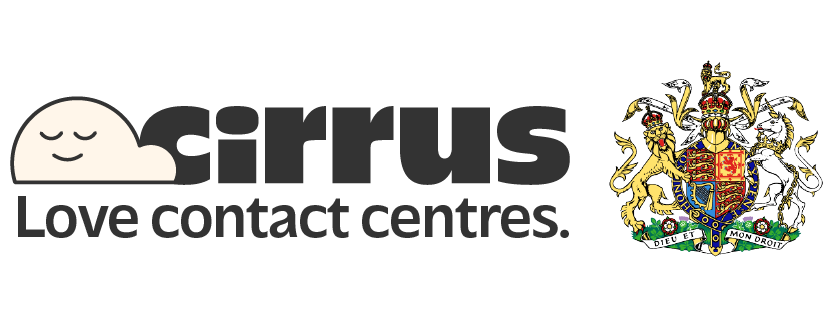What is capacity planning?
Capacity planning is about making sure your team has the right number of people, tools, and systems to handle the work coming their way. Think of it as checking your current capacity before a busy day kicks off. This way, you can manage the present workload while also preparing for future demands.
It’s not just about ticking off today’s to-do list. Effective capacity planning helps your team grow steadily, focus on top priorities, and deal with changing market demands without losing control. It’s a strategic process that links current resources with your long-term goals.
Why is capacity planning essential
Without a clear capacity planning process, things can go off track. You may not have enough people to meet actual demand, leading to missed deadlines and unhappy customers. Or you might have too many team members waiting around, which increases costs without adding value.
With smart capacity planning efforts, you can:
- Respond to customer demand without taking on too much
- Match work with people based on resource availability
- Keep workloads balanced and avoid bottlenecks in production
- Prevent staff burnout and increase customer satisfaction
- Maintain smooth operations across your team
This becomes even more important in fast-paced settings like contact centres, where demand for products and support changes quickly. With the right tools, such as AI-powered contact centre platforms, your team can keep up no matter how busy it gets.
Types of capacity planning
Capacity planning isn’t one-size-fits-all. Different industries focus on different areas. Here are the three main types:
1. Workforce capacity planning
This type looks at the number of staff needed to meet anticipated demand. It involves checking skill sets, planning shifts, and balancing workloads. Teams use tools like contact centre platforms to track resource utilisation and adjust schedules when needed.
2. IT capacity management
This focuses on tech systems. It’s about making sure your software and hardware can support your work without crashing. It also helps prepare for future projects or growth in digital services.
3. Product or service capacity planning
Used in factories or delivery services, this type aims to match production capacity with customer demand. It helps avoid delays, shortages, or wasted inventory.
Even though each one is different, they all work towards the same goal—linking capacity with demand while avoiding overuse or waste.
Strategic capacity planning
Strategic capacity planning takes a long-term view. It’s not just about today’s work—it focuses on where your business is heading. This type of planning looks ahead at future requirements, anticipated demand, and how to prepare your team and tools for what’s coming.
It plays a key role in setting your capacity strategy, especially when your business is growing or changing direction. This includes:
- Expanding into new markets
- Launching new services or products
- Adjusting for seasonal shifts or market trends
- Responding to new regulations or tech developments
In a contact centre, for example, this could mean preparing for more calls, onboarding new clients, or moving to digital channels like chat and messaging. Using capacity planning tools like omni-channel tools helps teams plan these changes early, instead of reacting last-minute.
Strong capacity planning initiatives ensure your business can handle change while still meeting high service levels. They help link daily work to bigger goals, so your team stays on track and your resources match your growth plans.
Capacity planning in operations management
In daily business, operational capacity planning helps align your people, tools, and systems with the workload. It looks at:
- How much work you could do (design capacity) vs your actual output
- Where there are capacity gaps or overloads
- Making quick capacity adjustments for busy periods or special events
- How stock levels or materials affect work in product capacity planning
Some teams use scenario modelling to see how changes, like staff absence or sudden demand, could affect operations. These insights support smoother workflows, better resource utilisation, and improved decision-making during high-pressure periods.
Capacity planning vs. resource planning
These terms are often confused, but they serve different purposes.
- Capacity planning checks if you have enough people, time, and tools to meet current demand and future work.
- Resource planning decides how to use your available team and tools in the best way.
Capacity planning decisions help define your limits—how much you can realistically deliver during a given period of time. Resource planning takes that limit and works out the best way to use it.
Both processes are most effective when used together, especially in project-heavy environments with changing client demands.
Capacity planning strategies
Businesses take different approaches based on their goals, risk tolerance, and market conditions. Here are three common capacity planning strategies:
Lead strategy planning
Add capacity before demand rises. This suits businesses that expect fast growth or want a competitive edge.
Lag strategy planning
Add capacity only after a clear increase in demand. This saves money but may lead to slow service during peak times.
Match strategy planning
Add capacity in small steps to stay aligned with customer demand. This balanced approach works well for businesses needing flexibility.
Companies often use these strategies based on forecasting demand, business priorities, and available resources.
Capacity planning tools and software
Modern teams use specialised capacity planning software to track:
- Utilisation rate of people and tools
- Project hours vs project requirements
- Holiday gaps and employee turnover rate
- Progress across the project timeline and project plans
Many platforms offer real-time views, alerts, and forecasting based on actual workloads. Some link with CRM tools, such as CRM-connected platforms, making it easy to view task allocations, team capacity planning, and business processes in one place.
This helps your capacity planner make fast, accurate choices for smooth operations, even when managing additional projects or shifting business resources.
Capacity planning best practices
To improve your outcomes, apply these best practices:
- Use real-time data: Accurate data supports better data-driven decisions.
- Align with business goals: Plans should support your strategic objectives.
- Build backup plans: Prepare for disruptions using a flexible adjustment strategy.
- Encourage collaboration: Involve HR, finance, team leads, and project managers.
- Review often: The best plans evolve with market dynamics, skill gaps, and changing workforce planning.
You can also explore using integrated platforms like Microsoft Teams integration for cross-functional resource management and coordination.
Capacity planning and agile methodologies
Agile teams need visibility and flexibility. Capacity planning supports Agile by helping teams avoid overwork and stay on target.
Agile Scrum Masters and project leads often rely on weekly updates to track:
- Team management and capacity levels
- Progress in sprints
- Resource requirements for upcoming or future projects
These updates help prevent delays, improve team focus, and keep customer service levels high. They also support faster, informed decision-making based on team reality.
Frequently asked questions
What is the goal of capacity planning?
To make sure your team and tools match demand, so work gets done well, on time, and without overloading people or wasting resources.
What are common capacity planning methodologies?
Lead, lag, and match strategies. Some take a proactive route, others use predictive analytics or real-time data to adapt quickly.
How does capacity planning support project planning?
It ensures you have the right people and time in place to meet deadlines and support business operations.
What is resource capacity planning?
It’s the part of planning focused on people—checking availability, skills, and matching them to workload.
Why is scenario planning useful?
It helps test the potential impacts of decisions, like hiring, delays, or additional inventory, before you act.
Plan better, deliver more, and grow with confidence
Strong capacity planning practices give your business the edge. With the right capacity of resources, tools, and people, you’re ready to meet targets, reduce risk, and grow sustainably.
Whether you’re a business owner running projects or a team lead managing your current workload, clear planning helps you stay in control.
Done right, capacity planning keeps your business aligned with its goals, ready to adapt, deliver, and succeed.
To see how integrated capacity planning can support your organisation, explore workforce optimisation solutions or request a demo to learn more.
Your Contact Centre, Your Way
This is about you. Your customers, your team, and the service you want to deliver. If you’re ready to take your contact centre from good to extraordinary, get in touch today.


